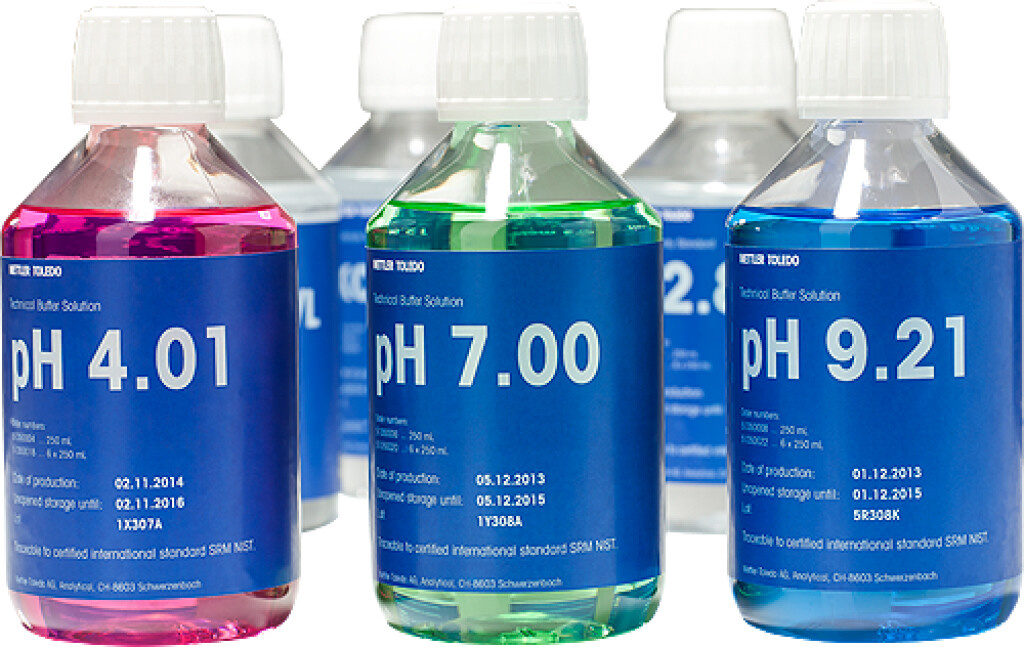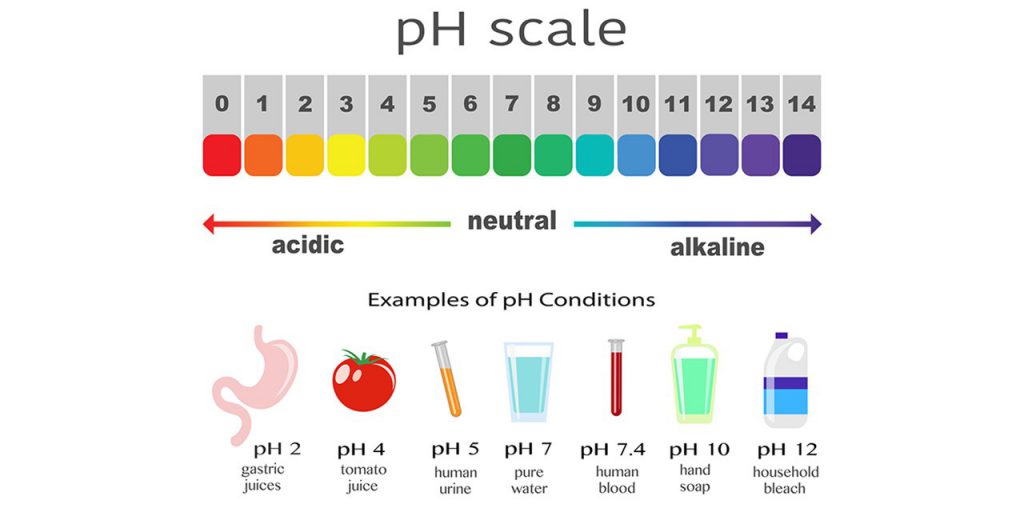Buffers are solutions that can resist pH changes (mainly caused by the addition of acid or base). Due to their special properties, these solutions have many applications, the most important of which are biological applications.

Buffers are solutions that can resist pH changes (mainly caused by the addition of acid or base). Due to their special properties, these solutions have many applications, the most important of which are biological applications.
A buffer solution (more precisely pH buffer or hydrogen ion buffer) is an aqueous solution consisting of a combination of a weak acid and its conjugate base or vice versa. The pH of this solution changes very little when a small amount of a strong acid or base is added to it. Buffer solutions are mostly used to control the pH of the environment in many applications. There are many buffer systems in nature. One of the most important of them is the bicarbonate buffer system, which is used to regulate blood pH.
The main reason that buffers resist pH is the existence of a kind of balance between the acid and its conjugate base.
HA ⇌ H + + A −
In high equilibrium, HA is the acid and A - its conjugate base.
When a strong acid or base is added to this balance, the reaction will move towards balancing it and compensating the H+ concentration. For example, if a strong base is added to the solution, the reaction will shift to the right to compensate for the H+ concentration.
An index called buffer capacity is also defined for buffers. Buffer capacity means how much the buffer can resist pH changes or the addition of OH- ions.

The pH of solutions that have buffer properties will have very little changes. In biological systems, these conditions are very critical for enzymes and proteins. This is because proteins and enzymes are highly sensitive to pH changes, and with pH changes, their structure will change completely, and as a result, they will lose their function. For example, in humans, there is a combination of carbonic acid (H2CO3) and bicarbonate (HCO3-) in the blood plasma. This mechanism makes the blood pH stay in the range of 7.35-7.45.
If the pH increases or decreases drastically, the function of the enzymes decreases or in many cases the enzymes change shape. This change is irreversible in many cases, and for this reason, most biological samples are kept in buffer solutions. The most common buffer used for this purpose is PBS, which keeps the pH in the range of 7.4.
In the industry, buffers are used for fermentation processes and in providing suitable conditions for fabric dyeing. Buffers are also used for chemical analyzes and calibration of pH meters .
